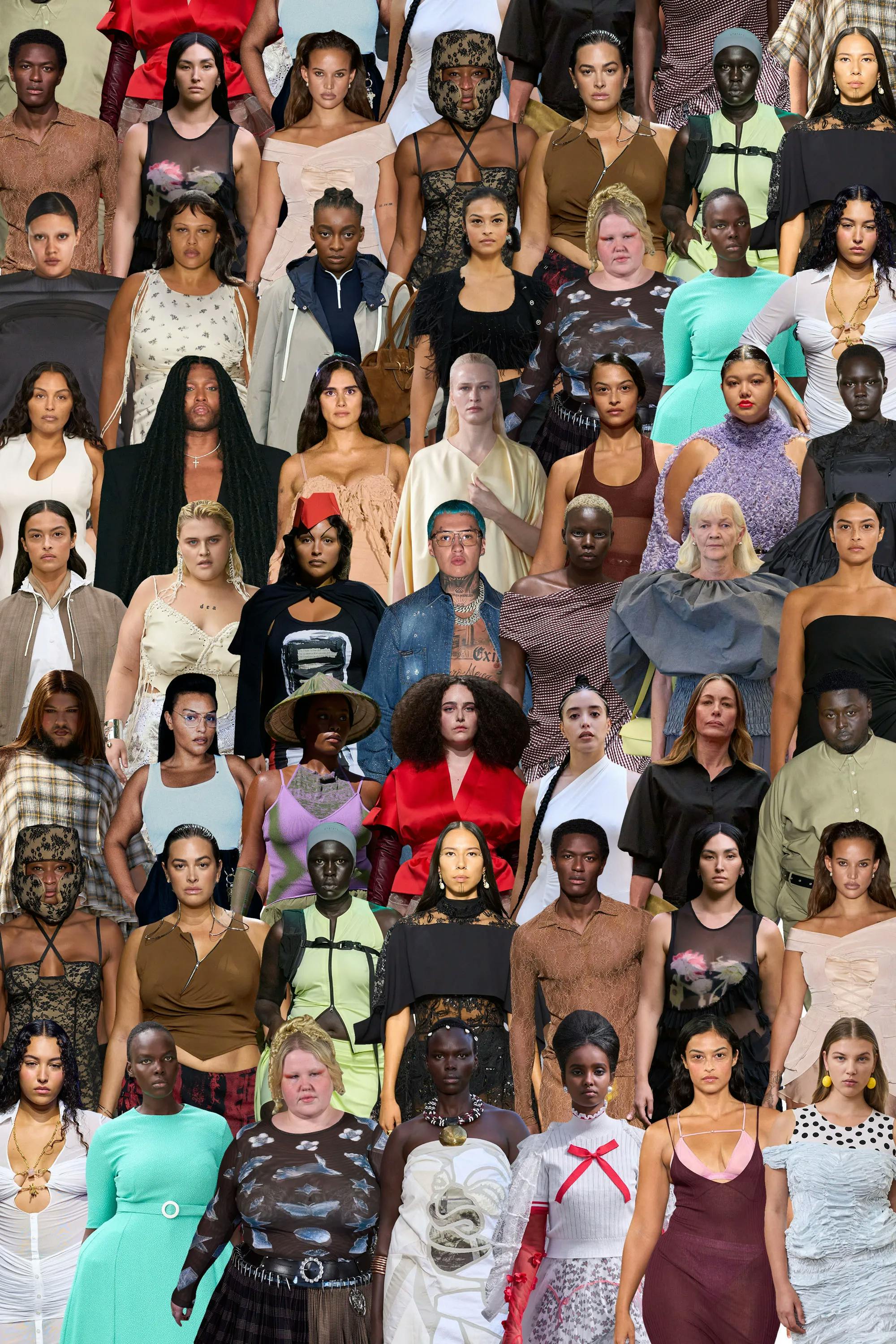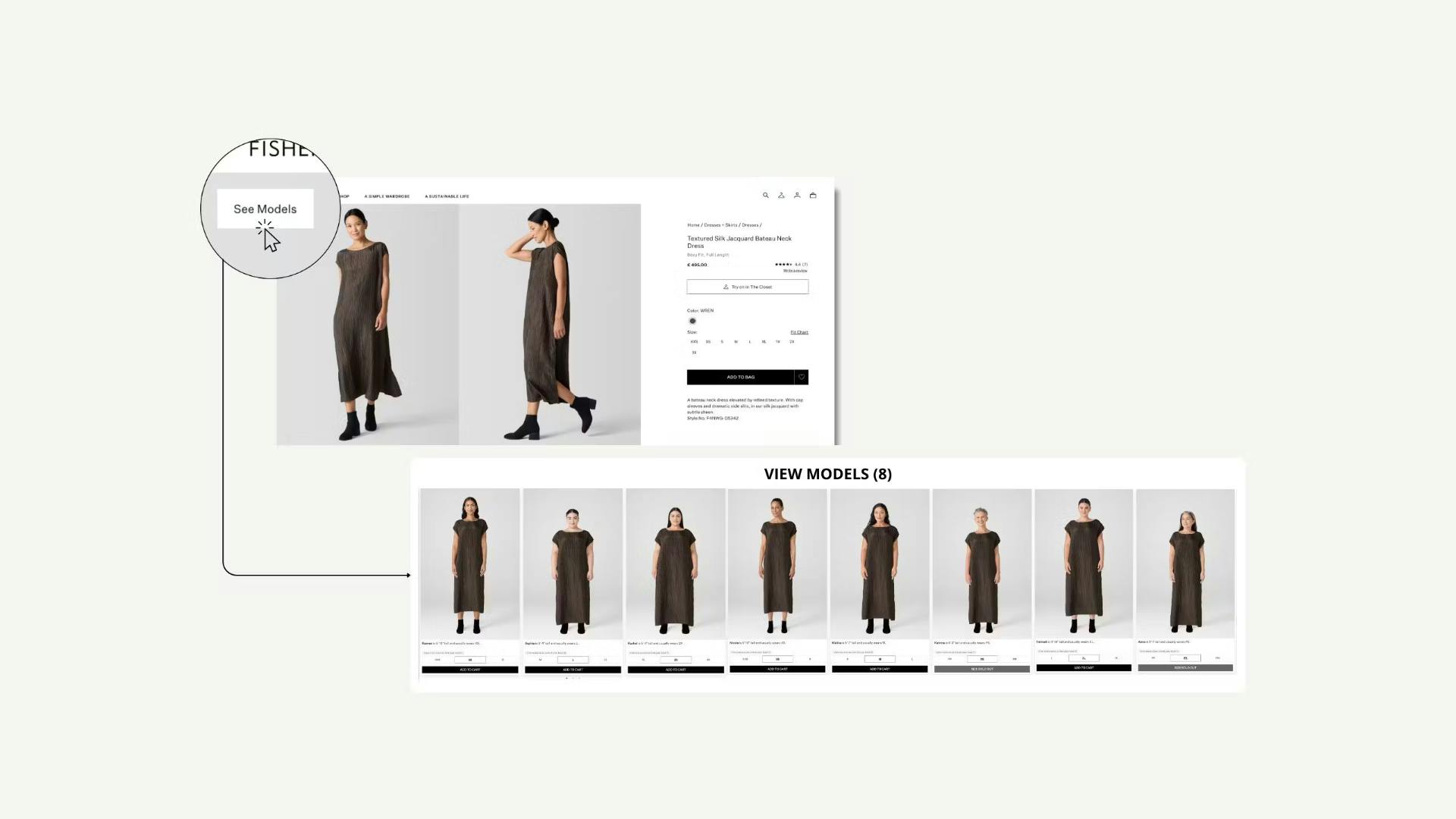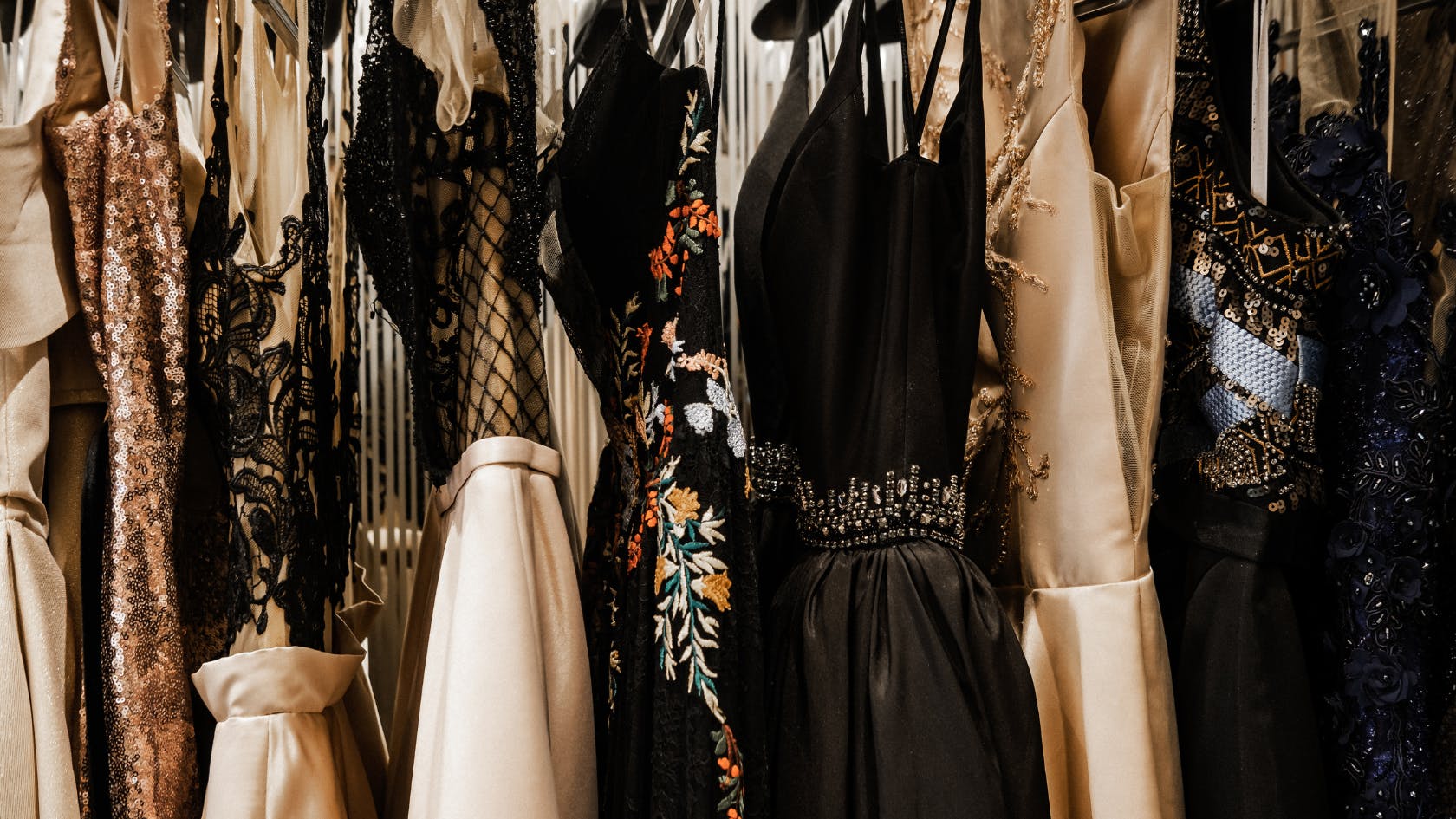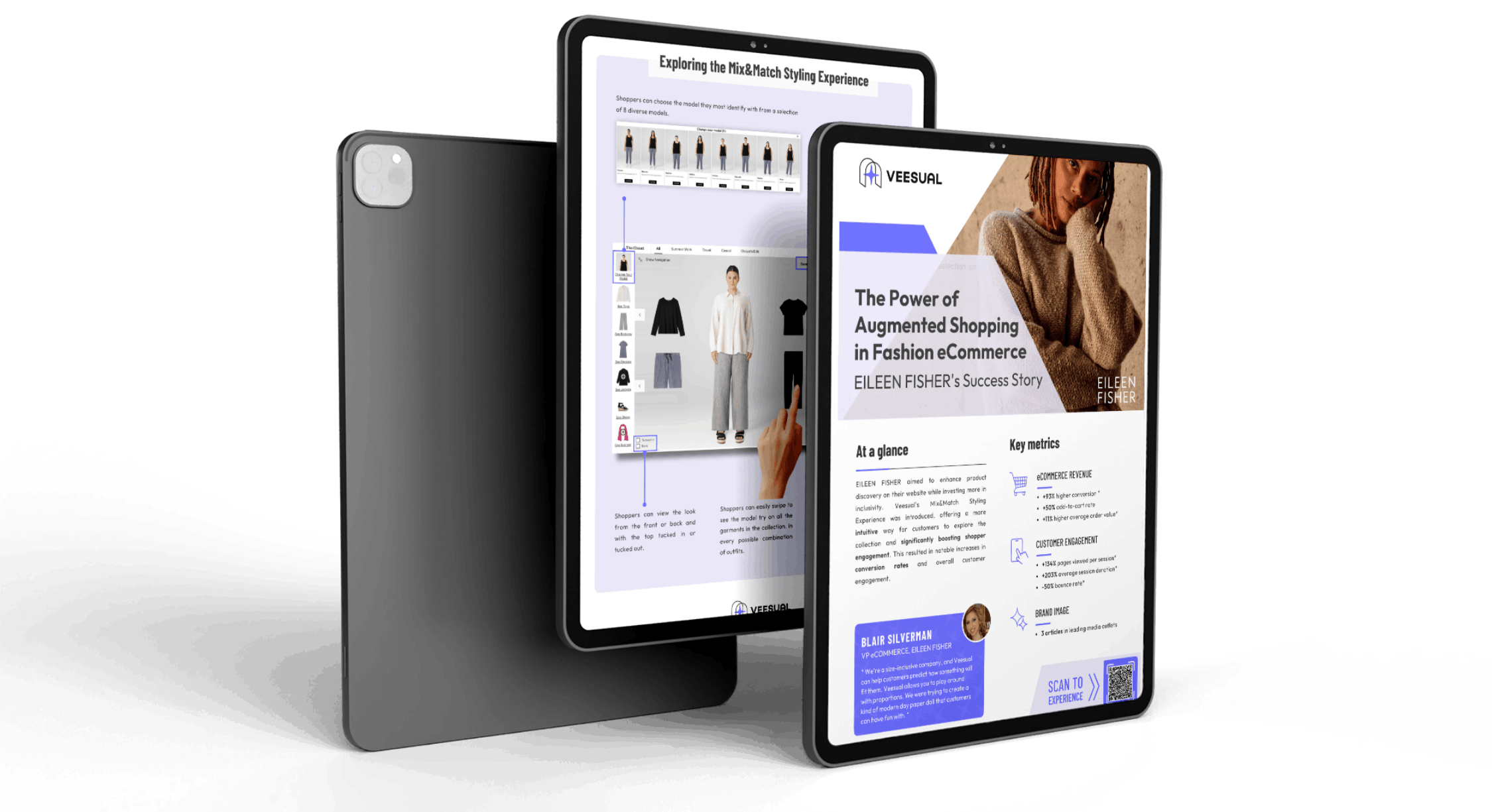
Reaction to Vogue Business Inclusivity Report: As Extreme Thinness Returns to the Runways, Why Brands Must Continue Investing in Size Inclusivity
The Spring/Summer 2025 fashion weeks have come to an end, and while the runways showcased an array of creativity, one unsettling trend has resurfaced: the return of extreme thinness as the dominant body type in fashion. According to the Vogue Business Inclusivity Report, only 0.8% of looks across New York, London, Milan, and Paris featured plus-size models, with 4.3% mid-size representation. In stark contrast, 94.9% of models were straight-size (US 0-4), signaling a regression to the outdated and unhealthy standards of beauty that once plagued the industry.
A Step Back in Progress
Over the past few years, there seemed to be a promising shift towards body diversity. Major brands like Christian Siriano and Eckhaus Latta made waves by casting curve models, while Paloma Elsesser and Jill Kortleve became household names. This movement, however, appears to have lost momentum. This season, even established luxury brands like Mugler and Max Mara moved away from inclusivity, reverting to ultra-thin models as the fashion industry seemingly embraces a new wave of extreme thinness, driven in part by the rising popularity of weight loss drugs like Ozempic.
This trend isn’t just a reflection of shifting beauty ideals but also a missed opportunity for brands to genuinely connect with a broader consumer base. In a world where inclusivity is increasingly demanded by consumers, the fashion industry is once again risking alienating the very people who seek representation in the clothes they buy.
Why Inclusivity Still Matters
1. Consumer Expectations Have Changed
We live in an era where shoppers demand more than just beautiful clothes; they seek authenticity, representation, and alignment with their personal values. Consumers today expect brands to reflect the diversity of the world around them—whether it's through age, ethnicity, or body size. Studies show that brands embracing inclusivity and diverse body types are perceived more positively by consumers, leading to greater brand loyalty and engagement. Brands like Ester Manas and Karoline Vitto continue to showcase size-inclusive collections, proving that inclusivity is not just possible but also celebrated by audiences and the media alike.
2. The Plus-Size Market is Growing
The global plus-size fashion market is expected to reach $288 billion by 2026. Brands that fail to cater to this segment risk missing out on a significant revenue stream. Yet, despite the financial potential, only 0.8% of looks on the runway this season represented plus-size consumers. This is not just a moral or ethical issue—it’s a strategic business decision. Brands that prioritize inclusivity are not only doing what’s right, but they are also positioning themselves to capture a growing market segment that remains largely underserved.
3. Authenticity Builds Brand Trust
Today’s consumers are savvy. They recognize when brands are authentically inclusive versus when inclusivity is treated as a trend or an afterthought. The brands that will succeed long-term are those that embed diversity and inclusivity into their DNA, rather than treating it as a temporary campaign strategy. Authenticity fosters trust, and in a competitive marketplace, trust is everything.
Digital Fashion: The Key to Lasting Inclusivity
Inclusivity shouldn’t be limited to the runway. Brands can leverage technology to provide an inclusive experience year-round, not just during fashion week. That’s where digital fashion technology, like Veesual, can play a pivotal role.
At Veesual, we believe that every shopper should be able to visualize clothes on bodies that resemble their own. Our technology allows consumers to see how different outfits look on various body types, from petite to plus-size, giving shoppers the personalized and relatable experience they crave. As brands continue to grapple with how to make their collections more inclusive on the runway, digital platforms can ensure that inclusivity is present in every shopping experience, every day.
Inclusivity isn’t just a trend; it’s a necessity. Consumers want it, the market demands it, and technology can help make it a reality for every shopper, regardless of size. While the fashion world may be taking steps backward on the runway, brands have the opportunity—and responsibility—to continue investing in size inclusivity, both in their collections and their customer experiences.
Conclusion: The Time is Now
As we digest the findings of the Vogue Business Inclusivity Report, the message is clear: the progress made towards size inclusivity is at risk. However, the solution lies in brands’ hands. By embracing size diversity—not just as a temporary trend but as a core value—brands can meet consumer expectations, capture untapped market potential, and build stronger relationships with their audience.
Fashion is an industry that constantly evolves, and the return of extreme thinness does not need to be the final chapter. Brands that prioritize inclusivity today will be the ones shaping the future of fashion tomorrow.
Read Vogue Business' Inclusivity Report here : https://www.voguebusiness.com/story/fashion/the-vogue-business-spring-summer-2025-size-inclusivity-report

How Veesual’s Switch Model & Multi-Sizing Enhance Eileen Fisher’s Online Shopping Experience
In the world of online shopping, uncertainty around fit and style often leads to hesitation and returns. But with new solutions like Switch Model and Multi-Sizing, we plan on transforming the virtual fitting experience for shoppers, helping them make more confident purchasing decisions while promoting inclusivity. These innovations, currently live on EILEEN FISHER’s website, are set to reshape the future of fashion e-commerce.

Virtual Try-On, Virtual Styling, Virtual Fitting: How to Choose the Right AI Experience for Your E-Commerce Strategy
In the fast-evolving world of e-commerce, technologies like Virtual Try-On (VTO), Virtual Fitting, and Virtual Styling are reshaping the way customers shop online. While these terms are often used interchangeably, each serves a unique purpose. For brands, understanding these distinctions is key to leveraging the right technology to drive conversions, reduce returns, and enhance customer loyalty.

The Role of AI in Elevating Luxury Experiences
Artificial Intelligence (AI) is often associated with automation, efficiency, and scalability—concepts that might seem at odds with the world of luxury, where authenticity, craftsmanship, and exclusivity reign supreme. Despite these apparent contradictions, AI holds transformative potential for luxury brands, offering new ways to enhance the distinctive experiences they deliver to their discerning clientele.

